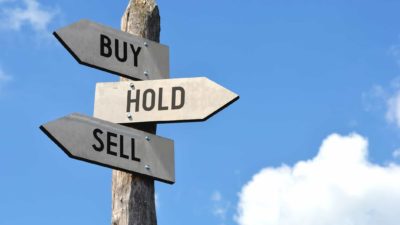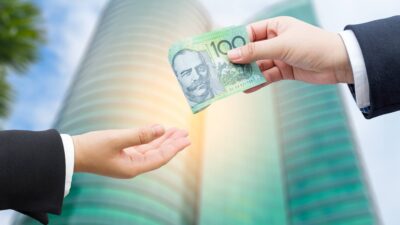The National Australia Bank Ltd (ASX: NAB) share price fell 9% between 31 July 2024 and 6 August 2024. After such a rapid fall, some investors may be wondering whether this is a buy-the-dip opportunity with the S&P/ASX 200 Index (ASX: XJO) stock.
Before the drop, plenty of analysts were suggesting that ASX bank shares may have risen too far too fast, including me.
It's possible for a business to fall in value and still be expensive, so the ASX 200 stock is not automatically a buy just because it's down.
However, what is certain is that NAB shares are cheaper and now trading on a lower price-earnings (P/E) ratio.
Is the NAB share price now good value?
When a business falls in value, it can appear to be more attractive because it's trading on a lower earnings multiple. We're able to buy more of the company's earnings with our investment, if we want to.
I think looking at the P/E ratio is useful because it gives us context for how much we're paying for the (expected) profit generation.
The broker UBS forecasts that the business could generate $7.04 billion of net profit after tax (NPAT) in FY24 and make $2.21 of earnings per share (EPS).
At the pre-open NAB share price of $35.05, it was valued at 16x FY24's estimated earnings.
However, according to UBS, the 10-year historical average P/E ratio is 11.6x. So, the business is still trading at a significantly higher valuation than its historical average. Even if it fell another 10%, NAB shares would still be materially above its long-term average.
There's no rule saying that the ASX 200 stock will return to that average, but it can be an indicator of whether the NAB share price is trading at an expensive value.
Broker UBS currently has a sell rating on the bank, with a price target of $30. That implies the business could fall in the double-digits from here.
UBS pointed out there are some positives about the bank right now, including continuity in the management team and strategy (after a recent CEO transition), a wholesale business mix skew and a capital return via share buybacks.
However, the broker also noted some negatives that it's "hamstrung by" including funding cost and distribution disadvantages, its investment spend may need to increase from here and a share price that is "fully valued" based on expected EPS and return on equity (ROE) progression.
What is the ASX 200 stock's dividend yield?
According to the projections provided by UBS, NAB shares may pay a fully franked dividend yield of around 5% in FY24 and then deliver a slight increase in FY25.
While the dividend yield isn't the most important thing about an investment, it can provide a pleasing level of cash returns.









